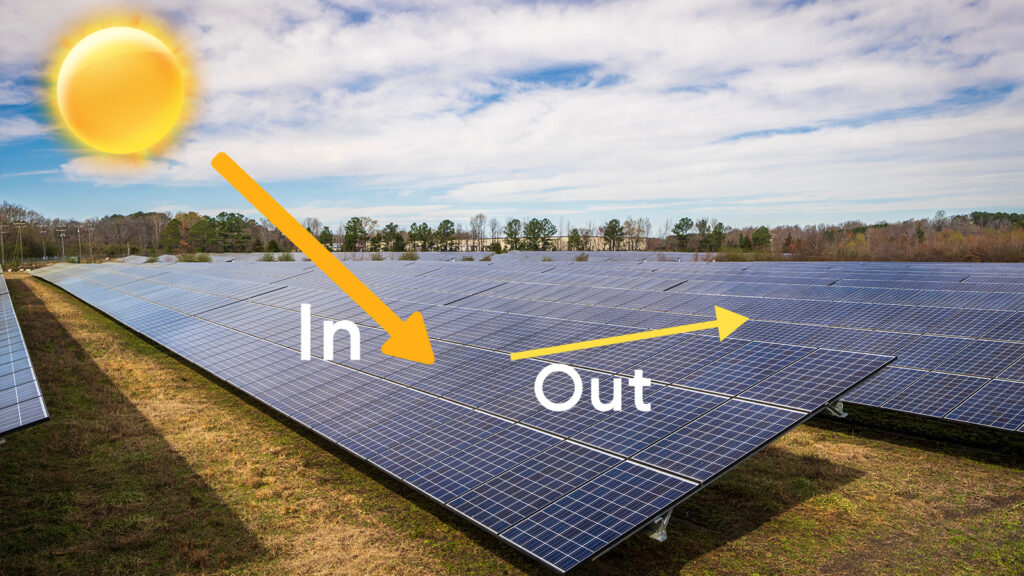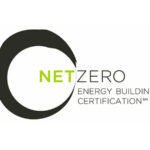There are many factors to consider, including temperature, dust and pollution, shading, module orientation and tilt, inverter efficiency, cable loss, etc. However, Maysun Solar has compiled a list of the main factors to avoid power loss to the greatest extent possible.
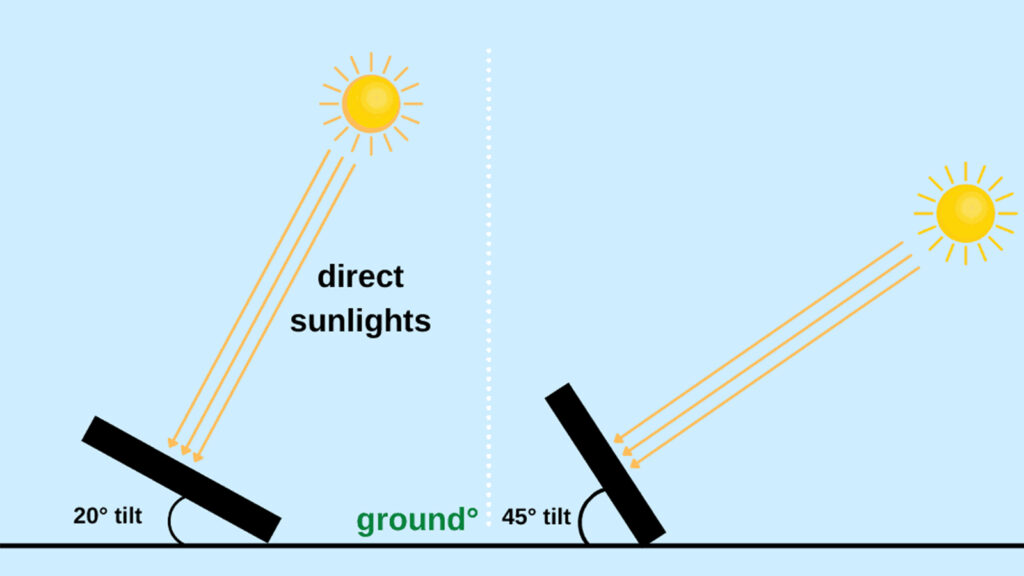
Module orientation and tilt angle
The installation of the module has an optimal orientation and inclination angle. The orientation is based on the rule that the northern hemisphere faces south and the southern hemisphere faces north, while the inclination angle is determined according to the local latitude, and generally speaking the installation inclination angle is the best according to the local latitude value. The angle of the panel affects the solar irradiance received by the system during the year, and deviations from the optimal orientation and tilt angle will result in a certain amount of power loss.
It is worth noting that the lower the tilt angle is, the more serious the dust accumulation of the module will be and the weaker the ability of the rain to wash away, which will result in a little more power loss.
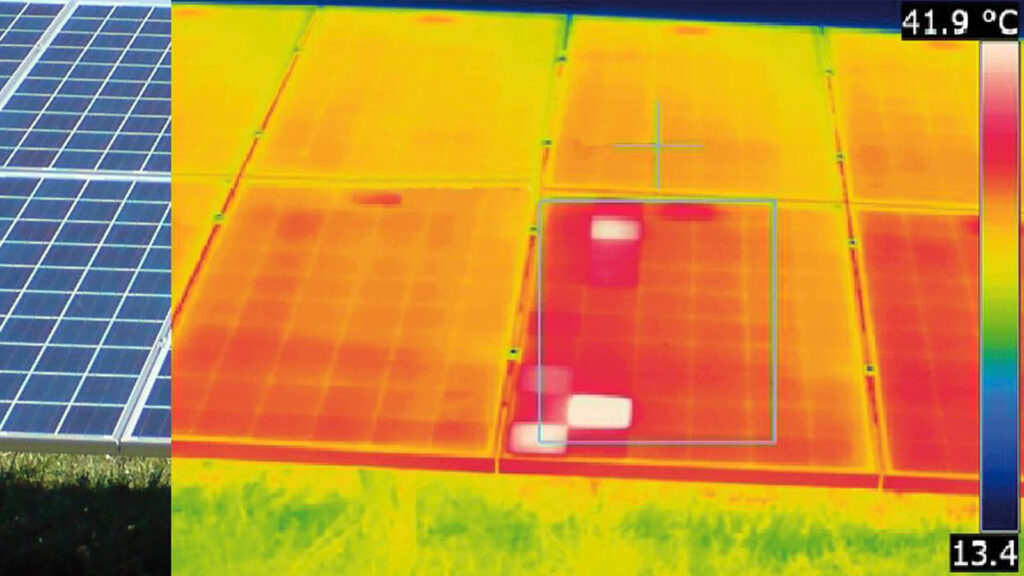
Environment and Temperature
Temperature coefficient is another performance factor to consider. The operating temperature of a PV module has a significant impact on its output power, and high operating temperatures can lead to power loss. The temperature coefficient is the percentage reduction in energy output for every 1 degree Celsius increase above a reference point of 25 degrees Celsius (77 degrees Fahrenheit). parameters for the power temperature coefficient are provided in Maysun’s datasheet.
Some roofing materials will absorb more heat than others, which can affect performance. Solar panel angles can change the temperature, and flat-mounted panels typically get hotter, so spacing is needed between the module and the roof to dissipate heat. Panel types also vary, with thin-film panels typically having a lower temperature coefficient than monocrystalline or polycrystalline solar panels.
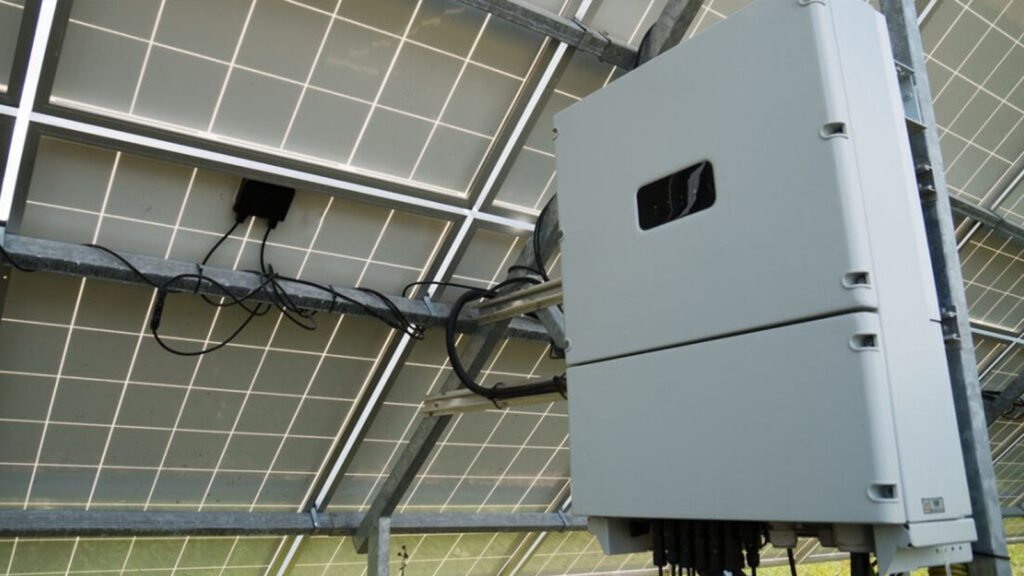
Surface Bird Droppings, Dust, Leaves and Other Dirt
Solar panels are exposed to the outdoors for long periods of time, and the buildup of dust and other fallen leaves on the surface is a major cause of energy loss in some areas. In areas with long dry seasons, this can result in losses of up to 5%. In areas where dust deposits are frequent, the figure may increase by 1 to 2 percent, and locations near major traffic areas typically have another 1 percent loss. In areas with year-round rainfall, soil contamination losses typically hover around 2 percent.
Things like bird droppings and fallen leaves can cover the cells, creating a hot spot effect that can damage the solar modules, requiring us to clean the solar panels regularly.
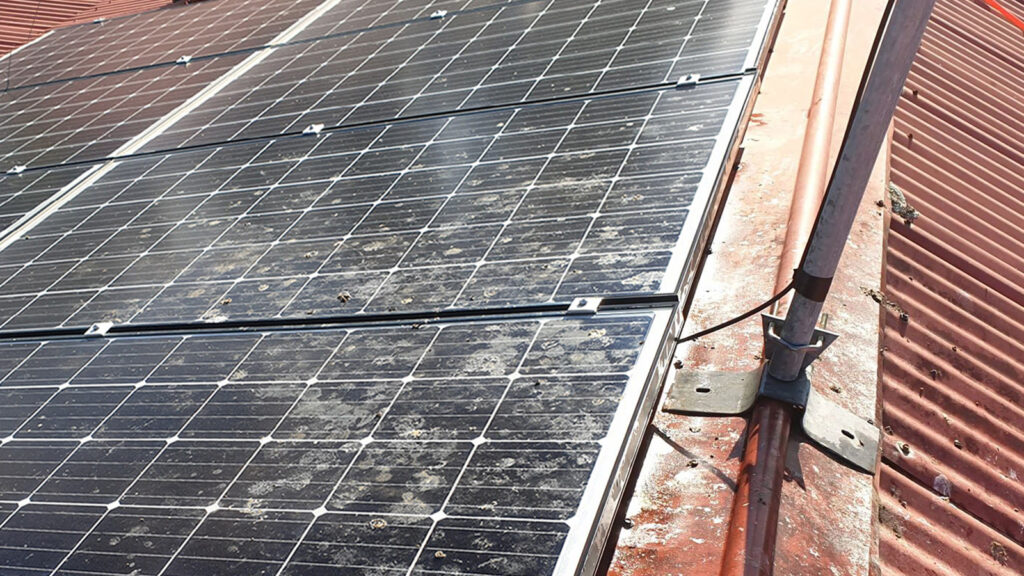
Inverter efficiency
The inverter is an essential component of a PV system, and power losses can occur if there are internal heat losses due to electronics and inductive components. In addition, the efficiency of the inverter also depends on its own operating temperature, which is the same as the damage to the module due to temperature power, but the impact of the inverter will be relatively small. Therefore, if the inverter is installed indoors, it needs to be installed in a cool and ventilated place, and outdoors in a back-sun place as far as possible to avoid direct sunlight, and try to add shade guards.
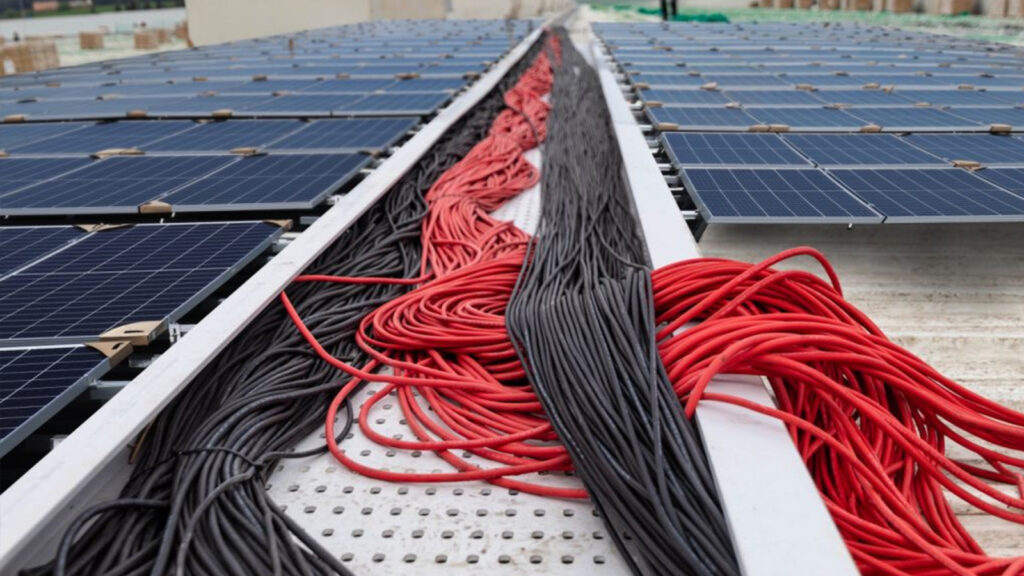
Cable problem
Cable loss is unavoidable and usually results in another 2% of system loss. These losses can approach 1% if the project uses thicker wire for a short period of time. According to engineering experience, DC line losses are calculated at 2%, while power stations are using the principle of nearby grid connection, AC side line losses are smaller, and AC line losses are calculated at 1%. In addition, plus the AC and DC side of the terminal connection brings contact loss of 1% loss value, the overall loss of this loss reaches 5%.
In the photovoltaic system, the DC side to use special cables for photovoltaic, AC side to use to meet the output current of the cable. The use of mismatched terminal docking, crimping is not tight and other installation irregularities may lead to increased losses, and in serious cases, burn the inverter.
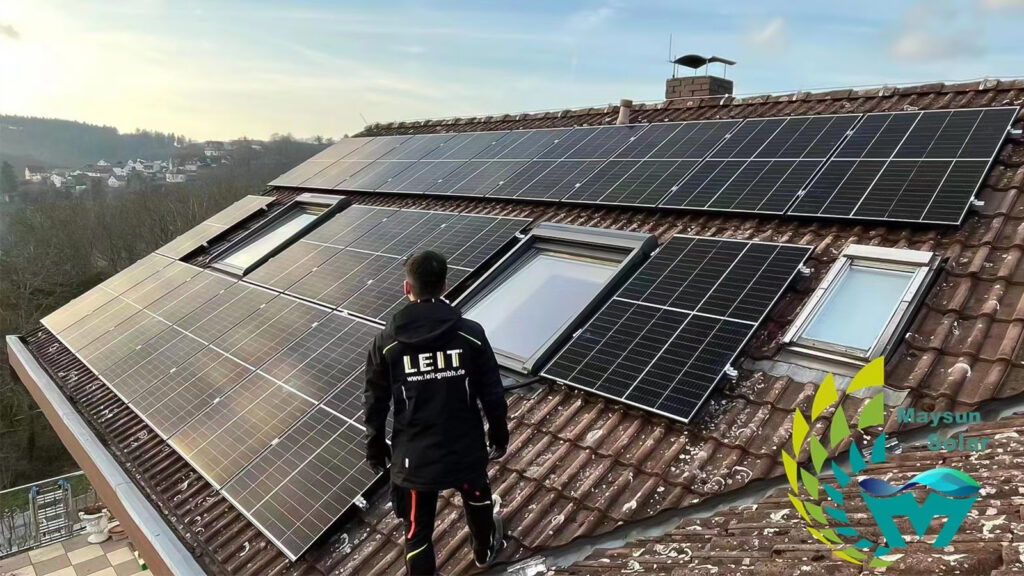
The above are some of the causes of PV power loss organized by Maysun Solar, how should we maintain the PV system? You can continue reading
Maysun Solar, as a PV module manufacturer with 15 years of professional experience, can provide you with high quality solar panels, click the button below to contact us and get a product quote.

